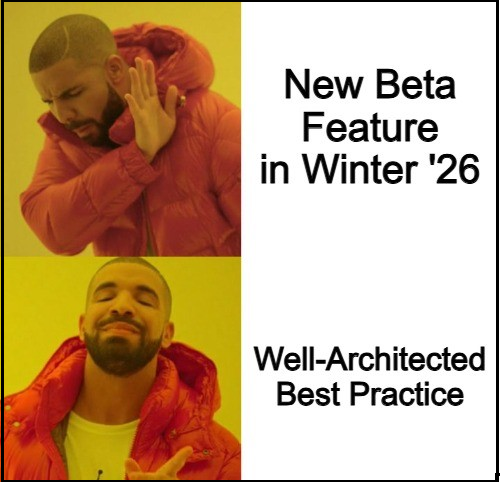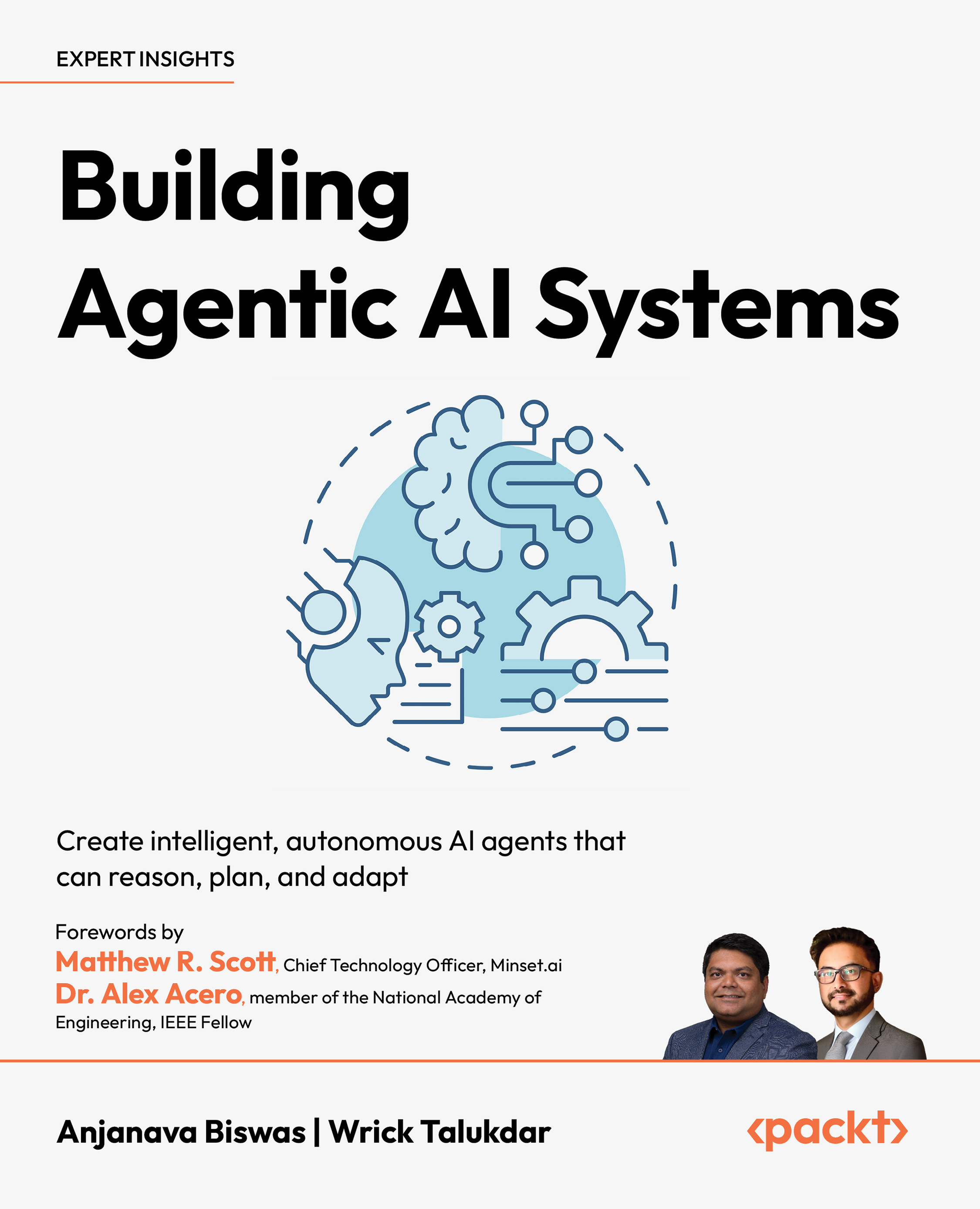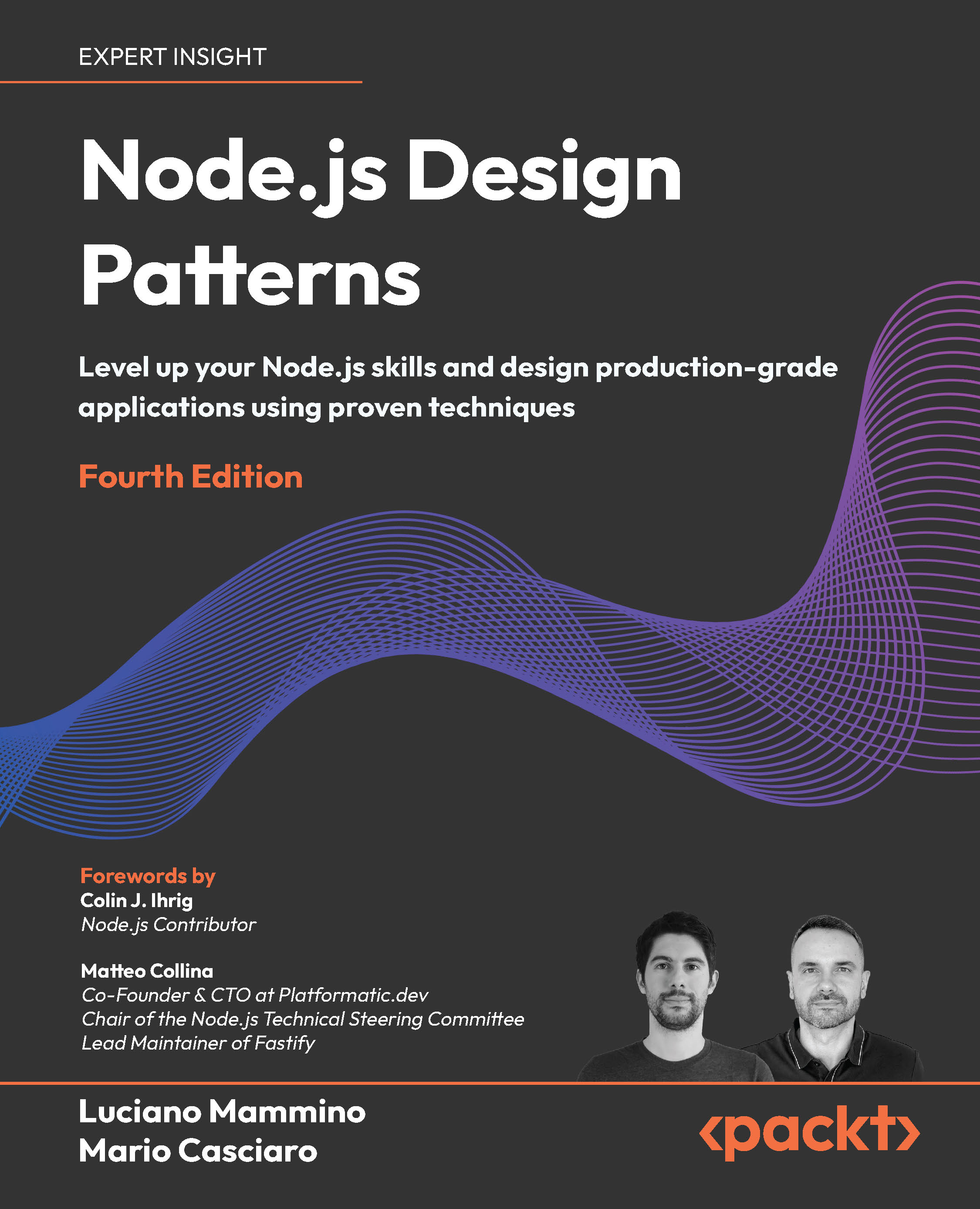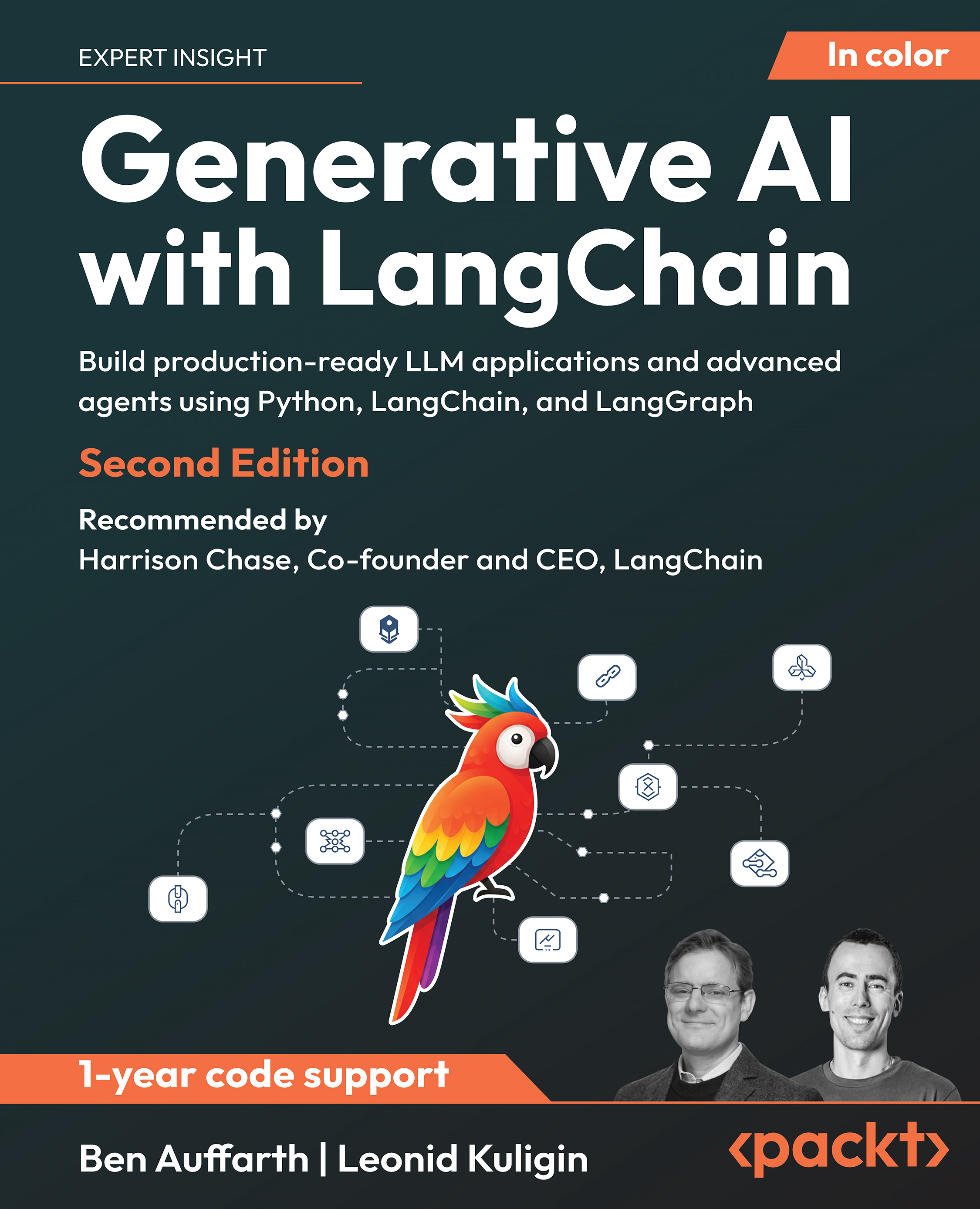The following statement is an example of a dry, unattractive, and unengaging way of presenting a solution:
"I will do the credit check via an APEX callout."
The judges are acting as CXOs representing the scenario’s client company. You are supposed to guide them and avoid dry answers to their questions. To help them, you need to continue with your presentation, point out or mention the requirement first, then explain your proposed solution.
For example, your response could be rephrased like so:
“To fulfill this requirement, I will implement a Lightning component with a button to submit the customer account for a credit check. The Lightning component will have an APEX controller. I propose using the remote process invocation request and reply integration pattern. The controller will use a callout to invoke a web service exposed by MuleSoft. I will use named credentials to authenticate to the web service. Authentication will occur using the OAuth 2.0 JWT token flow, and the integration channel will be protected using two-way TLS. Once the MuleSoft web service is invoked, MuleSoft will orchestrate the call to the credit check provider, get the result back, and return it to the Lightning component’s controller. The component will then display the result to the user.”
This demonstrates clarity, confidence, and architectural ownership – traits the CTA judges are trained to look for.
Want to master the thinking, communication, and real-world scenarios behind CTA-level design? Explore the full book here.
 United States
United States
 Great Britain
Great Britain
 India
India
 Germany
Germany
 France
France
 Canada
Canada
 Russia
Russia
 Spain
Spain
 Brazil
Brazil
 Australia
Australia
 Singapore
Singapore
 Canary Islands
Canary Islands
 Hungary
Hungary
 Ukraine
Ukraine
 Luxembourg
Luxembourg
 Estonia
Estonia
 Lithuania
Lithuania
 South Korea
South Korea
 Turkey
Turkey
 Switzerland
Switzerland
 Colombia
Colombia
 Taiwan
Taiwan
 Chile
Chile
 Norway
Norway
 Ecuador
Ecuador
 Indonesia
Indonesia
 New Zealand
New Zealand
 Cyprus
Cyprus
 Denmark
Denmark
 Finland
Finland
 Poland
Poland
 Malta
Malta
 Czechia
Czechia
 Austria
Austria
 Sweden
Sweden
 Italy
Italy
 Egypt
Egypt
 Belgium
Belgium
 Portugal
Portugal
 Slovenia
Slovenia
 Ireland
Ireland
 Romania
Romania
 Greece
Greece
 Argentina
Argentina
 Netherlands
Netherlands
 Bulgaria
Bulgaria
 Latvia
Latvia
 South Africa
South Africa
 Malaysia
Malaysia
 Japan
Japan
 Slovakia
Slovakia
 Philippines
Philippines
 Mexico
Mexico
 Thailand
Thailand















